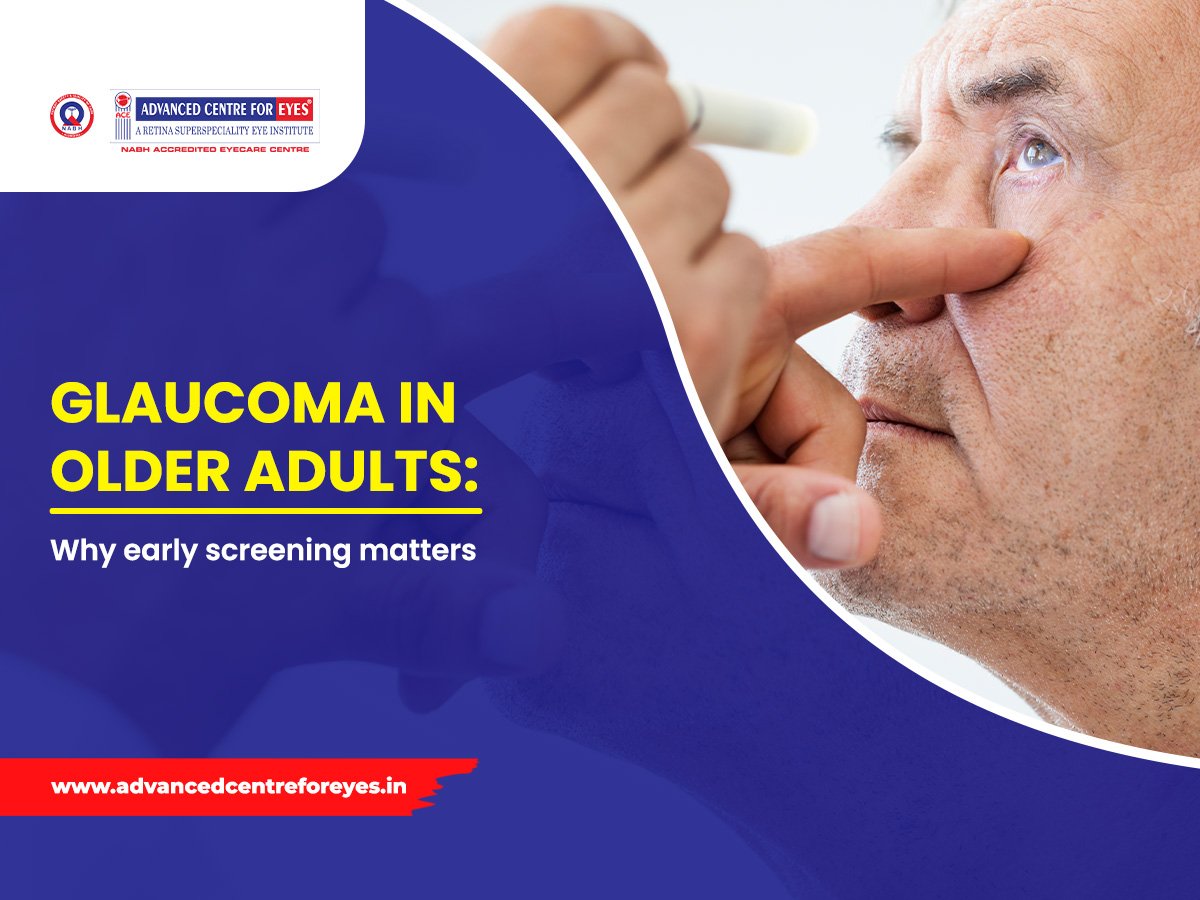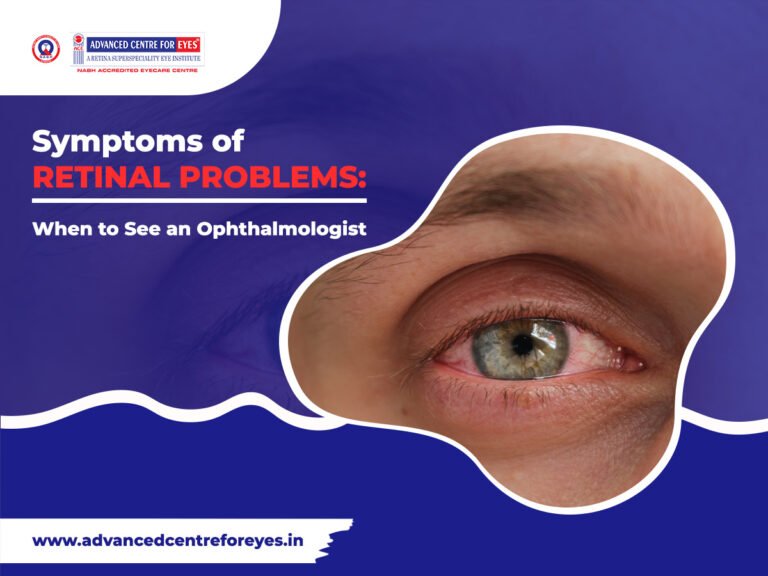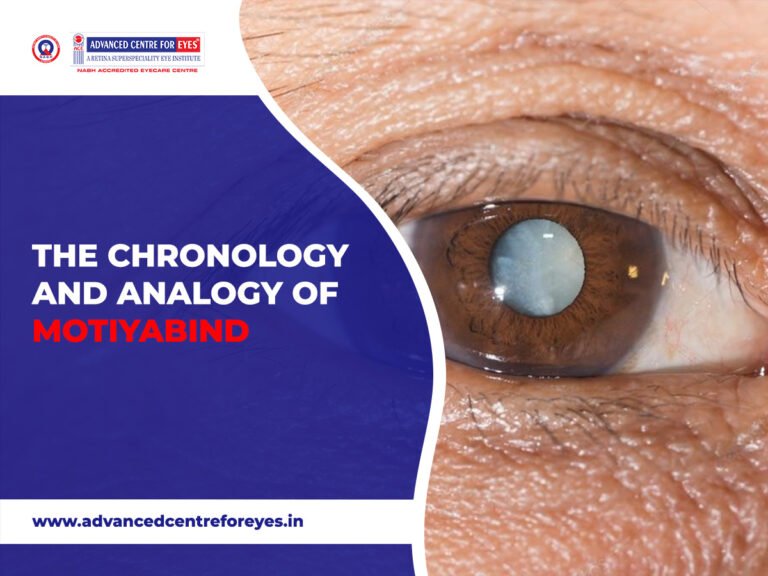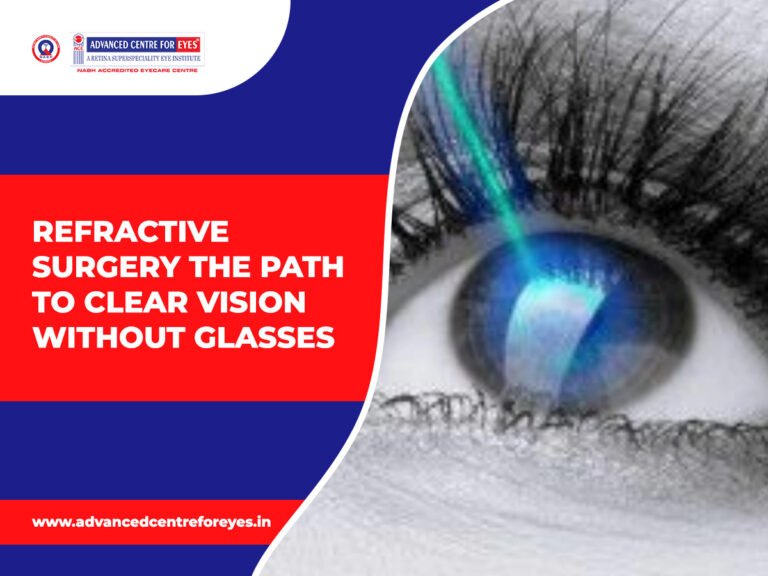Glaucoma In Older Adults: Why Early Screening Matters
As we grow older, our bodies go through many changes. One important part of the body that changes as we age is our eyes. Just like hair turning grey or skin getting wrinkles, our eyes can also experience changes.
One common eye problem that older people often face is called cataracts. In this blog, we will explore what cataracts are, how age plays a role in their development, and what treatments are available. We will also discuss how people can take care of their eyes to keep them healthy.
What are cataracts?
Cataracts are like cloudy film that forms in the eye’s lens. The lens is the clear part of the eye that helps us focus on things we see, just like a camera lens. When a cataract forms, the lens becomes cloudy, making it harder to see clearly. It’s almost like looking through a foggy window.
People with cataracts may notice that their vision becomes blurry or dim, making it difficult to read, drive, or see details. Sometimes, colors may not look as bright as they used to. These changes can happen slowly, and they usually don’t cause any pain. However, if not treated, cataracts can make it very difficult to see at all.
How does age impact cataract development?
Most people develop cataracts as they grow older, usually starting after the age of 40. As we age, the proteins in the lens of the eye start to break down and clump together, forming cloudy spots. These cloudy spots are what we call cataracts. Over time, the cataracts get bigger and can cover more of the lens, making it harder to see clearly.
Although age is the biggest factor in cataract development, other things can also make cataracts more likely. For example, people who spend a lot of time in the sun without wearing sunglasses, those who smoke, or those who have certain health problems like diabetes may develop cataracts earlier in life.
The good news is that cataracts can be treated, and in many cases, vision can be restored. But it’s important to remember that not everyone develops cataracts at the same age. Some people may start to get cataracts in their 40s or 50s, while others may not have any issues until they are much older.
Treatment options for cataracts
When cataracts start to affect a person’s ability to see clearly, it may be time for treatment. The most common treatment for cataracts is surgery. In cataract surgery, the cloudy lens is removed and replaced with an artificial lens that helps the person see clearly again.
Cataract surgery is a very common and safe procedure. It is usually done as an outpatient surgery, which means the person can go home the same day. The doctor makes a small cut in the eye, removes the cloudy lens, and replaces it with a clear artificial lens. Most people find that their vision improves very quickly after surgery.
In some cases, glasses or contact lenses may help improve vision for people with early-stage cataracts. However, once cataracts become too advanced, surgery is usually the best option for restoring clear vision.
What to expect after cataract surgery
After cataract surgery, it’s important to take care of the eyes while they heal. The doctor will usually give eye drops to prevent infection and reduce swelling. The person should avoid rubbing their eyes and may need to wear a protective shield over the eye for a few days.
Most people can return to their normal activities within a few days of surgery, although it’s important to avoid heavy lifting or strenuous activities for a little while. It’s also important to keep follow-up appointments with the doctor to make sure the eye is healing properly.
One thing to keep in mind is that cataract surgery only removes the cloudy lens. It does not prevent other eye problems that may come with age, such as glaucoma. That’s why regular eye check-ups are important, even after cataract surgery, to keep an eye on the overall health of the eyes.
Preventing cataracts
While we can’t stop the aging process, there are things we can do to protect our eyes and possibly delay the development of cataracts. Here are a few tips for keeping your eyes healthy:
- Wear sunglasses: Sunglasses protect the eyes from harmful UV rays, which can speed up cataract development. Look for sunglasses that block 100% of UV rays.
- Eat a healthy diet: Foods rich in vitamins and antioxidants, like leafy greens, carrots, and fish, can help keep the eyes healthy.
- Quit smoking: Smoking increases the risk of cataracts, so quitting smoking can help protect your eyes.
- Get regular eye exams: Regular eye check-ups can help catch cataracts and other eye problems early, so they can be treated before they become serious.
- Manage health conditions: Conditions like diabetes can increase the risk of cataracts, so it’s important to manage them with the help of a doctor.
Understanding glaucoma and cataracts
While cataracts are a common problem for older people, they are not the only issue that can affect the eyes. Another eye condition that can develop with age is called glaucoma. Glaucoma is a condition where pressure builds up inside the eye, damaging the optic nerve. This can lead to vision loss if not treated.
Just like with cataracts, age can increase the risk of developing glaucoma. That’s why it’s important to keep up with regular eye exams, especially for people who are getting older. Early detection of glaucoma can help prevent serious vision problems.
In places like Ludhiana, there are top-notch medical facilities that provide excellent eye care, including the Best glaucoma treatment in Ludhiana. Doctors who specialize in eye care can diagnose and treat glaucoma to help people keep their vision as they age.
How cataracts and glaucoma are different
Even though cataracts and glaucoma both affect the eyes, they are very different conditions. Cataracts involve a cloudy lens that can be replaced with surgery, while glaucoma involves damage to the optic nerve, which can be harder to treat.
Cataract surgery is usually very successful in restoring clear vision, but glaucoma treatment often focuses on slowing down the progression of the disease to prevent further vision loss. Glaucoma can be managed with medications, laser treatments, or surgery, but once vision is lost from glaucoma, it cannot be restored.
That’s why it’s so important to catch glaucoma early, through regular eye exams with specialists who provide the Best glaucoma treatment in Ludhiana. With the right care, people can manage both cataracts and glaucoma and keep their eyes healthy for many years.
The importance of eye health as we age
As we get older, it’s easy to focus on other aspects of our health, like our heart or our bones, but eye health is just as important. Vision is something many of us take for granted, but it plays a huge role in our quality of life.
Cataracts and glaucoma are just two of the many eye conditions that can develop as we age. While cataract surgery can restore vision, and the Best glaucoma treatment in Ludhiana can help manage glaucoma, the best way to protect your eyes is to take steps to prevent these conditions in the first place.
Conclusion
Age is a big factor when it comes to cataract development, but it’s not something we have to fear. With regular eye check-ups, healthy habits, and the right treatments, people can keep their eyes healthy well into their golden years. Cataracts can be treated with surgery, and glaucoma can be managed with the help of skilled eye doctors who provide the Best glaucoma treatment in Ludhiana.
Read More – Cataract Surgery Procedure with Advanced Equipment at Our Center








